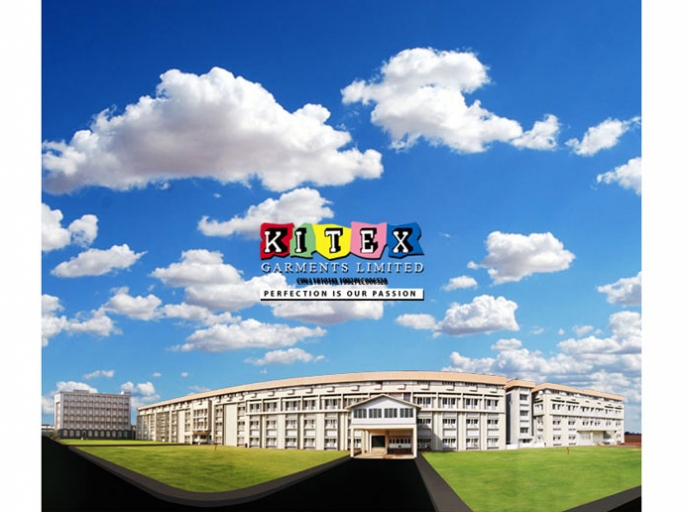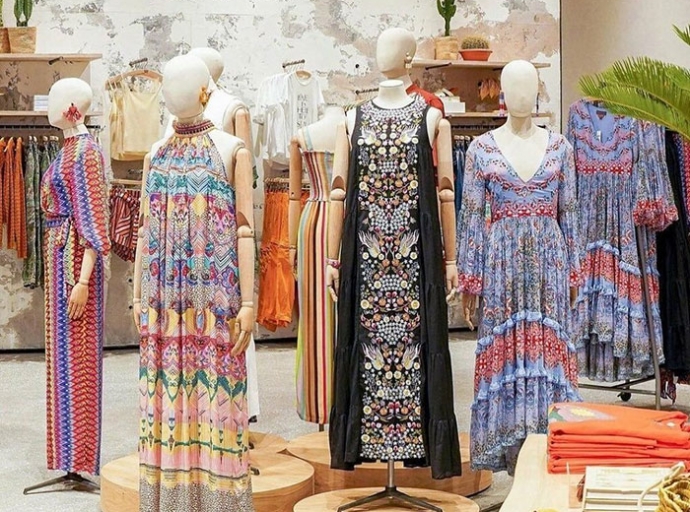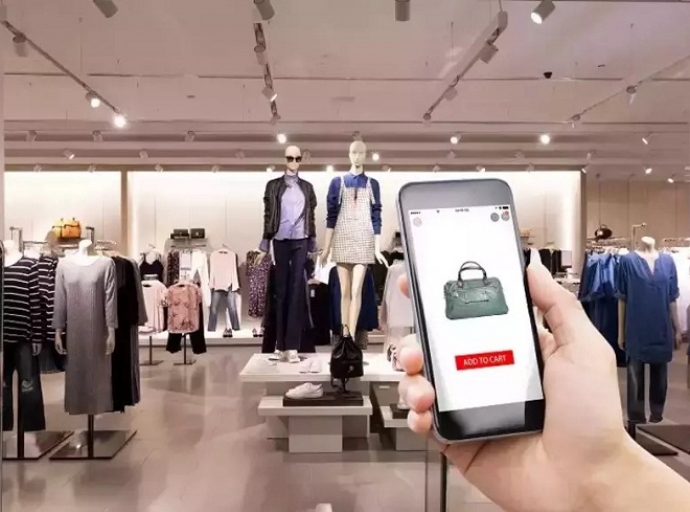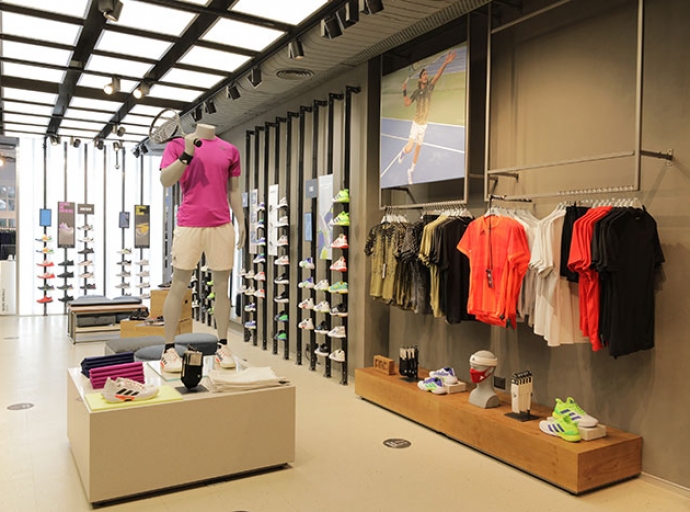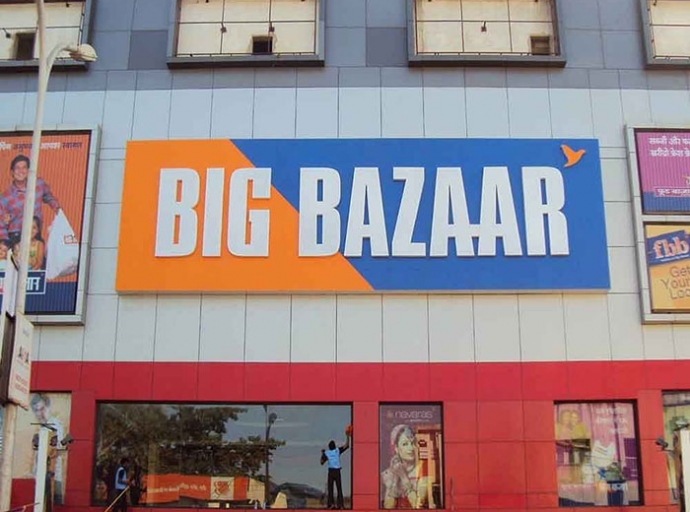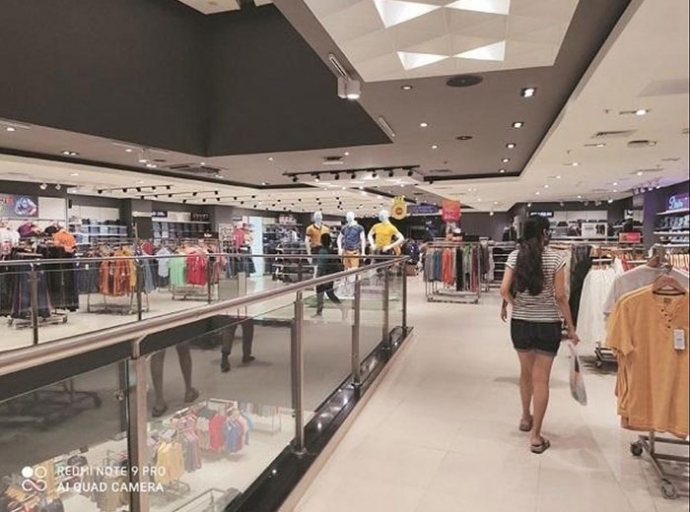20th September 2021, Mumbai:
With festive season in full swing, demand for ethnic wear is booming. The market estimated at Rs 1.5 lakh crore has seen the entry of big retail giants like Reliance Retail and Aditya Birla Fashion and Retail (ABFRL) into this field.
As per a Money Control report, the foray of big players in ethnic wear space can be attributed to the success of homegrown brands like W, Aurelia, Fabindia and Biba. The robust growth of these brands within a span of few years inspired Reliance Retail to launch an ethnic wear brand called Avantra with chain of stores across India.
ABFRL too acquired majority stake in designer label Sabyasachi besides buying a 33 per cent stake in another designer label Tarun Tahiliani. Kumar Mangalam Birla, Chairman ABFRL says, the company will continue to focus on ethnic wear as the segment not only offers a significant profit margin but is also resilient to market fluctuations.
Another company betting on big ethnic wear is Titan by the Tata Group. Having launched ethnic wear brand Taneira in 2018, Titan now plans to renew expansion plans interrupted by the pandemic. The company plans to add 10-15 Taneira stores this year. It also plans to add lehengas and other ethnic wear products to its portfolio in addition to saris.
All three brands, Taneira, Tarun Tahiliani and Sabyasachi are placed in the premium luxury segment. On the other hand, Reliance Retail is targeting economy category. The company plans to focus on the mid-premium ethnic wear category.
An emerging market
Ethnic wear category was earlier considered as a blind spot by Indian apparel makers. However, the rise of homegrown brands such as Biba, W and Fabindia, gave big companies an insight on the potential of this segment, believes Ankur Bisen, Senior Vice President-Retail and Consumer Products Division, Technopak. India’s ethnic wear market has two main categories: organized and unorganized.
As per experts, the organized category is worth Rs 17,000-18,000 crore. Value brands make up around 40 per cent of this market while 30 per cent share is that of premium brands and 30 per cent luxury brands.
The organized ethnic wear market was growing at 20-25 per cent per annum before COVID-19 derailed its growth by almost 35 per cent. Now, the sector is expected to grow at 20 per cent in the next four-five years, notes Siddharth Jain, Partner, Kearney India.
Growth drivers and challenges
Most of the growth will be fuelled by increasing presence of designer wear in the luxury segment. Growth in the value segment will also be driven by the migration of buyers from the unorganized to organized retail in the Tier II to IV markets, and by the rapid rise of online-only brands, feels Jain.
The market also faces challenges like a fragmented supply chain and large presence of unorganized players who benefit from the current tax and cost structures. This creates a need for high working capital amongst brands to stifle competition from new entrants, Jain sums up.


